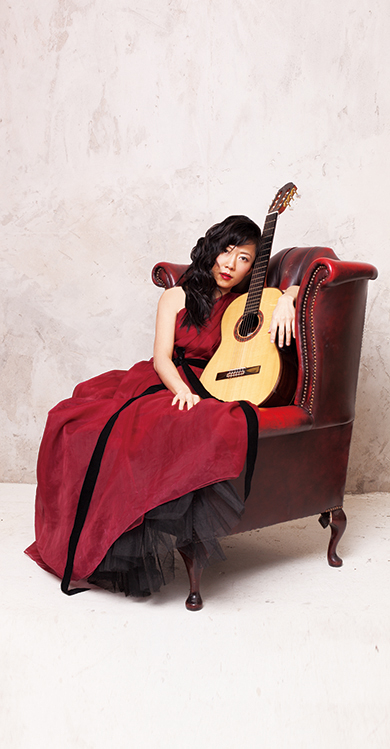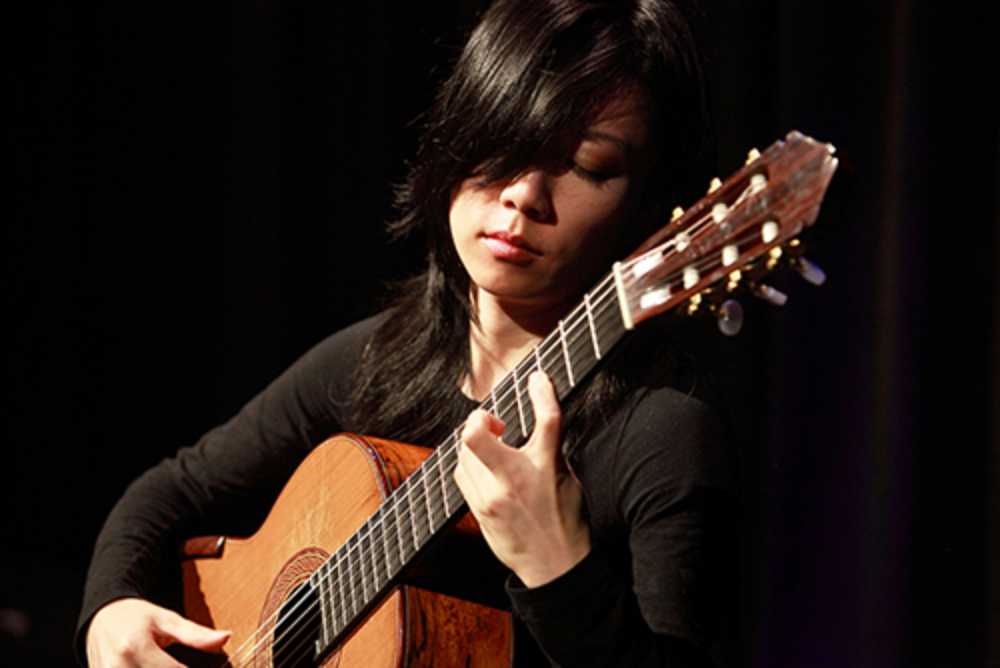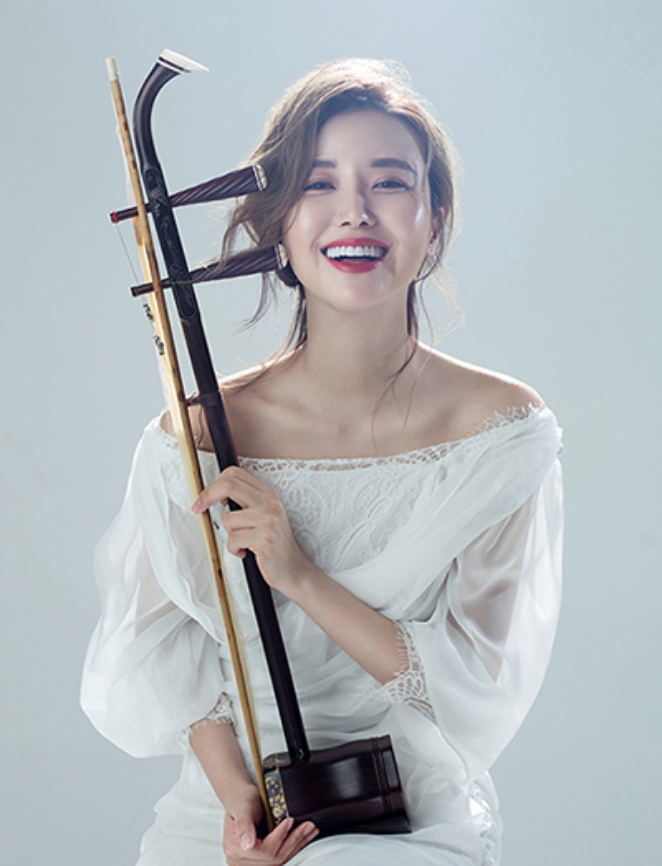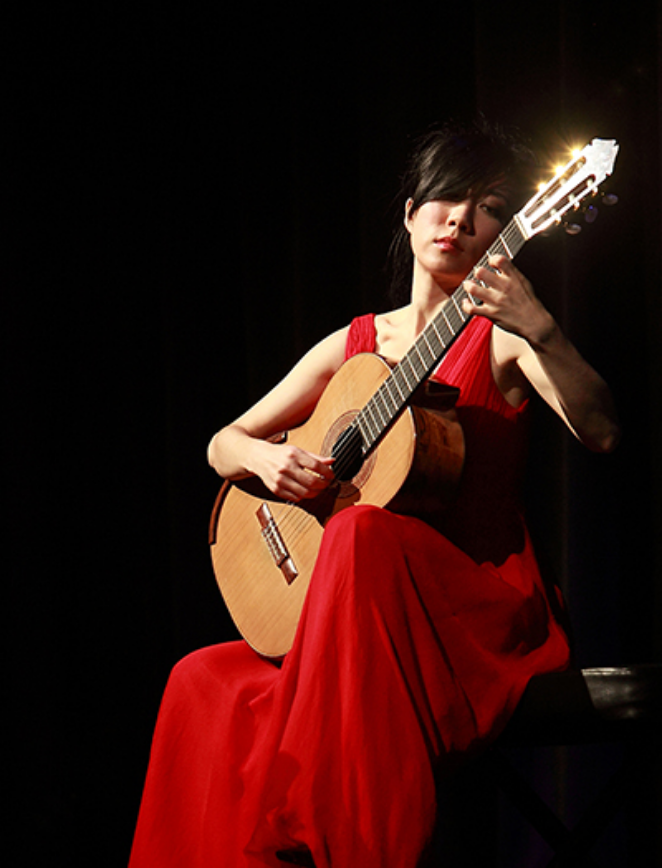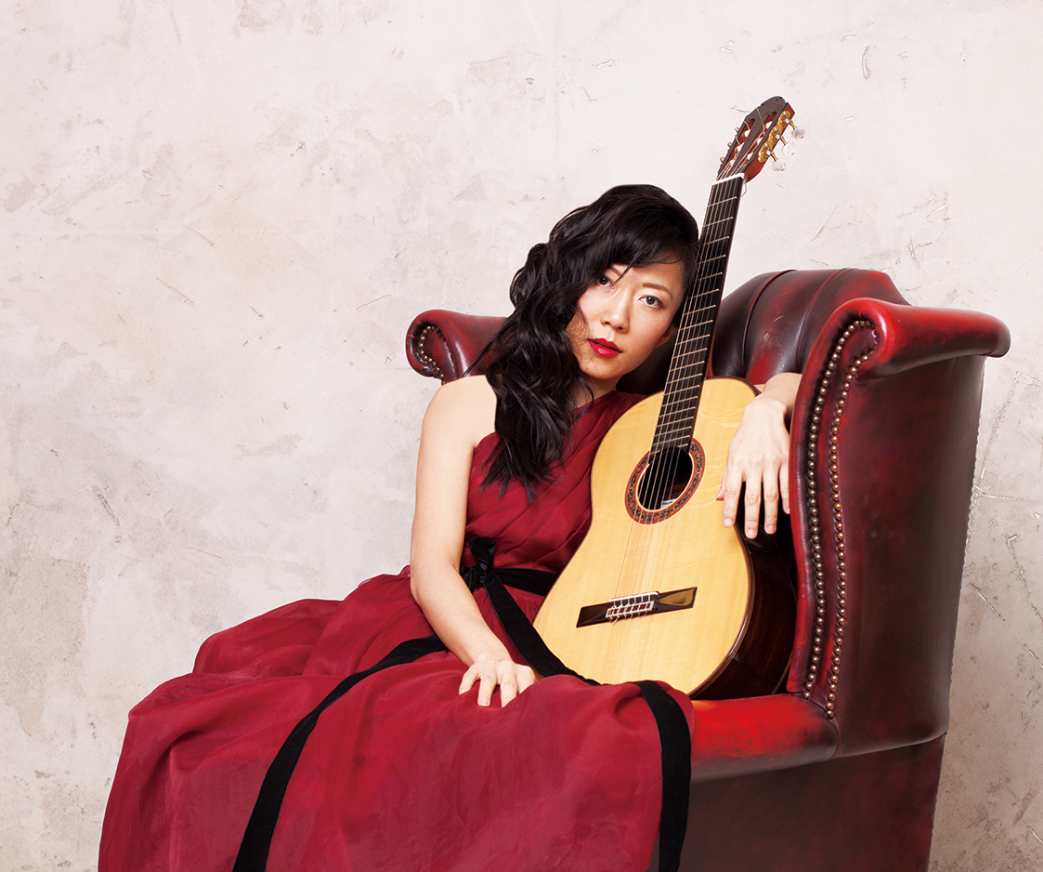
This concert is structured in four sections and a coda. Since it involves solos, duets (in different
instrumental combinations) and a final trio, the division makes practical sense in facilitating entrances
to and exits from the stage.
At the same time, however, each programme sequence provides us
with food for thought in traversing the world of music, East and West. Perhaps “chapter” is a more
appropriate word, each conveying a distinct character and narrative, interwoven with connections (in
multiple directions) containing a larger story.
Although we begin in China, the two pieces—Ren Guang’s Silver Clouds Chasing the Moon and The Butterfly Lovers
jointly composed by Chen Gang and He Zhanhao—came into being under very different circumstances,
together offering a glimpse of modern Chinese history pre- and post-1949.
Ren Guang
(1900–1941) was one of the earliest “music professionals” in China’s performing arts industry. In 1928,
upon returning from studies in Paris, he was employed at the Shanghai head office of Pathé (the
predecessor of EMI Records), fostering China’s homegrown musical development. Silver Clouds Chasing the Moon
is more an adaptation (arranged by Ren and released in 1935 in a Chinese instrumental ensemble
recording) than a composition per se, since the melody was already popular in the Guangdong region by the late Qing dynasty. However, the
distinctive expanse of the opening phrase (spanning more than an octave) has made the composition a
favourite for pianists, string quartets and orchestras alike. Ren joined the New Fourth Army during the
anti-Japanese war and was among the martyrs murdered by Kuomintang troops during the Wannan Incident.
His legacy, however, is still evident today: He was a mentor of Nie Er, who penned the national anthem
of the People’s Republic of China, first recorded in the Pathé studio in May 1935.
Of all
historic watersheds, the world premiere of The Butterfly Lovers
Concerto composed by He Zhanhao (b. 1933) and Chen Gang (b. 1935) as part of the celebration of the
tenth anniversary of the country’s founding was also an overnight sensation. Popular for years on
national radio, this concerto was praised as a symbol of anti-feudal sentiments attesting to women
“holding up half the sky.” Originally a concerto for violin, the piece has maintained its original
grandeur through many adaptations for a wide range of solo instruments, but Yang’s arrangement for
guitar and erhu preserves the beauty of the romantic tragedy through lyrical excerpts in a more
chamber-like setting. The erhu, a far more “sensitive” instrument than the violin, is virtuosic yet as
lyrically expressive as the human voice.
The literati (wenren)
tradition is at the core of two solo guitar arrangements based on the deep influence of poetry in
Chinese music.
A Moonlit Night on the Spring River
first appeared in pipa tablature (under a different title) in the Ming dynasty, later becoming
associated with an earlier poem by Zhang Ruoxu of the Tang Dynasty. Though continuing the imagery of the
moon from the previous chapter, this piece (divided into ten short sections) depicts a subtle balance of
nature and mankind: After the initial setting of drums echoing from the river tower, the moon’s
reflection on the water is accompanied by a light breeze, with shadows cast from clouds hanging in the
sky. The lull of fishing boats and gently lapping waves add to the idyll of fertile land and cultural
sophistication of the Yangtze delta of yesteryear.
Sword Dance
by Xu Changjun (b. 1957) is a showpiece originally for Chinese liuqin
(a four-stringed pear-shaped lute, much like a pipa in miniature) likewise inspired by an ancient Tang
dynasty poem, this time by Du Fu. Combining modern technique and using the guitar to create a wide array
of timbral effects, this dance opens with a slow introduction dominated by a singular tremolo melody,
followed by harmonic and contrapuntal complexities interspersed with vigorously strummed chords. At the
end of Sword Dance, the tremolo melody resurfaces.
Whichever the culture, dance music is universal in exuding
visceral energy with pulsating rhythms. Zambra Mora
is a term in flamenco referring to an ancient dance form. “Zambra” in old Castillian implies a Moorish
party with music and a loud racket. Flamenco guitarist composer Juan Martín (b. 1948) hails from Malaga
and has built a long and successful career in England for many decades. There are quite a few
similarities between Sword Dance and Zambra Mora, with contrasting sections unfolding in sequence lifting the listeners’ spirits. Yet, in the end, it
is the elegance of a final “dance pose” that impresses the audience—those precious moments when we catch
our breath, waiting with joyful expectation for the next dance. Indeed, the following piece, La Feria, is solidly grounded in the Spanish flamenco repertoire, its pulsating rhythms making it hard for the
audience to sit still, its rousing finale capturing the joy of festive gatherings.
During intermission, please consider walking out of the venue to smell the sea breeze, breathing in
that blend of Chinese and Mediterranean character that is Macao.
Two solo guitar arrangements transport us to far-flung regions. Among this evening’s Sketches of China, Yao Dance originates from northern Guangdong province while Xinjiang Fantasia
explores the great Northwest. With the establishment of New China in 1949, conservatory students were to
encouraged to gather and incorporate folk materials as creative inspiration. In academic circles,
Hungarian composer Béla Bartók (1881–1945) was widely praised, both for his fieldwork collecting folk
songs and his folk-inspired modernist compositional language, cementing his artistic credentials as a
man of the people.
Yao Dance, written by Liu Tieshan (b. 1923) and orchestrated by Mao Yuan (b. 1926), drew its initial inspiration
from the long-drum dance of the Yao people (one of the 55 minority nationalities that make up China’s
population) that Liu encountered during his musical fieldwork. Dating from the early 1950s, this work is
now considered a Chinese orchestral classic performed worldwide. The opening rhythms, reminiscent of
slow drum beats, transport us to a village dance festival. As the energy intensifies, we reliv the
excitement of dances we encountered before intermission.
Xinjiang Fantasia, which comprises four popular folk songs, is penned by Yang Xuefei. Fantasias have been a staple in
Western classical music since the 16th century, originally as lute or early keyboard adaptations of
polyphonic vocal music to provide instrumentalists a way of making music at home. Yang Xuefei quotes
four folk songs in this work, connecting them with inventive preludes and interludes to provide a
colourful portrait of the people and an evocative landscape of deserts and mountain ranges.
The final chapter matches two plucked-string instruments that are distant cousins separated by
geography and time, with each piece accentuating inherent similarities and contrasts between them.
Singaporean composer Benjamin Lim Yi (b. 1984) arranges Three Variations on Plum Blossom, with its roots in ancient Chinese guqin
tablature, though the original work was intended for the Chinese bamboo flute. It is most likely the
first musical composition praising the plum blossom, which is revered for its purity and resilience in
the face of winter frost. The earliest extant copy of this work dates from 1495 and has impressed many a
musicologist for the formal variation technique applied. Apart from harmonics, the two instruments
create a true “dialogue” that extends far beyond its original solo instrumentation.
Yang
Xuefei’s arrangement of Bartók’s Romanian Folk Dances
draws heavily upon the two instruments’ plucked sonorities, reaching back to the original Transylvanian
folk materials that the Hungarian composer collected before the First World War. The universality of
dance music and folk melodies—as performed by guitar and pipa—is testament that music is the
distillation of culture in sound. More often than not, we can find interconnections across continents.
Bartók’s music employs modes and scales, some of which are close to Asia.
It is also
propitious that the guitar-pipa duet presents a contemporary work specifically written for the
combination. Benjamin Lim Yi’s recent Flamenco Dance
pays homage to the iconic Spanish tradition, harking back to the Martín and Peña solo compositions in
the programme. At the same time, this new work by an Asian composer reminds us how national styles meld
together in our 21st century global village.
To top everything off, the three instrumentalists appear together on stage to perform Fisherman’s Song by Moonlight
by Lou Shuhua (1907–1952). A guzheng virtuoso of the interwar period, Lou was among a group of Chinese
performers who went on a European tour in 1935, bridging musical understanding across continents.
After returning to China, he was invited by Pathé to make a recording, which connects him directly to
Ren Guang, composer of Silver Clouds Chasing the Moon. Lou penned Fisherman’s Song by Moonlight
(an adaptation inspired by an ancient composition) in 1938–1939, depicting the serenity and joy of
life at sea and the calm of the night.
Have a beautiful evening!
Chinese and English programme notes provided by Dr. Joanna C. Lee
Yang Xuefei is one of the world’s finest guitarists and the first-ever Chinese musician to have launched an international career with this instrument. The UK music magazine, Classic FM, named Yang Xuefei as one of the best 100 musicians of our time, and in 2019 she was picked for the third time to be on the cover of the Classical Guitar Magazine. Now based in the UK, Yang is widely recognized as a soloist and chamber musician. Having performed in more than 50 countries in America, Europe and Asia, she collaborated with prestigious artists like tenor Ian Bostridge and played with some of the world’s leading orchestras. Since 2015, Yang has been the Artistic Director of Changsha International Guitar Festival.
Lu Yiwen is one of the most well-known erhu players in China. Currently teaching this instrument at the Shanghai Conservatory of Music, over the years Yiwen has been distinguished with major awards, thanks to a refined technique and high artistic potential which have taken her to perform at major music scenes the world over. She has extensively collaborated with major orchestras, ensembles and soloists, performing in concerts highly praised in numerous countries, from the Antarctic, America and Europe to Asia and Africa. Combining instrumental and poetic tradition with contemporary sounds, Yiwen’s performing concerts often include her own compositions and transcriptions.
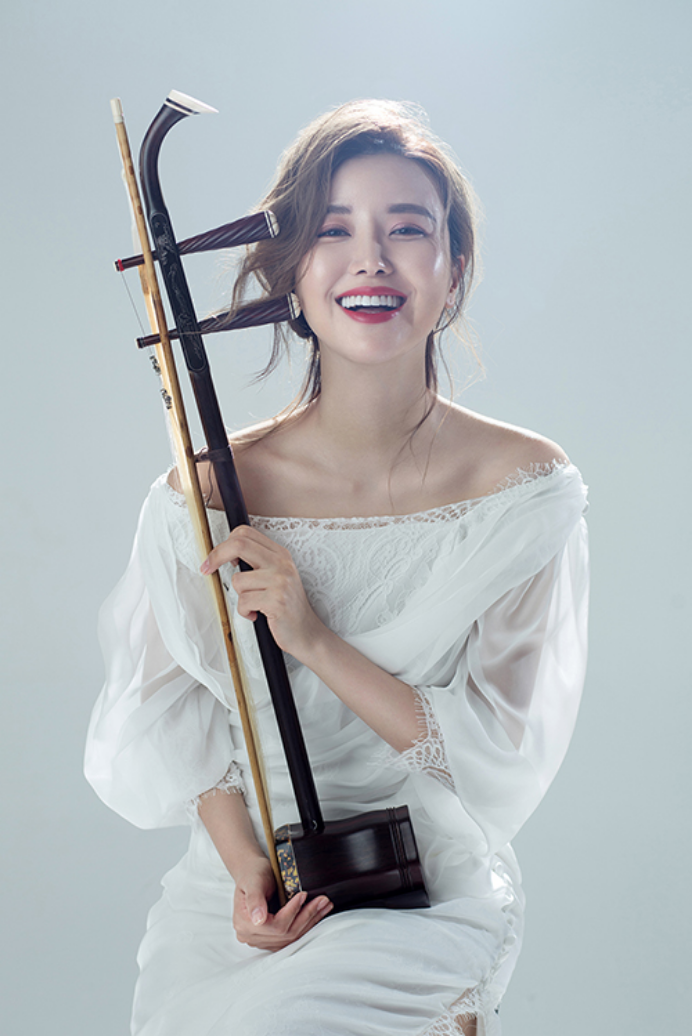
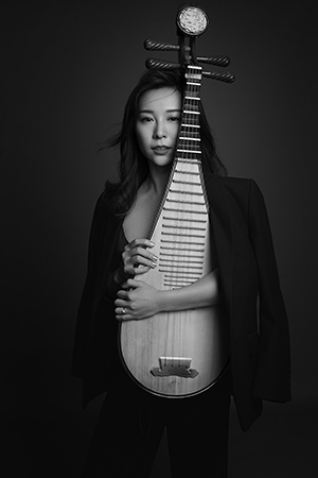
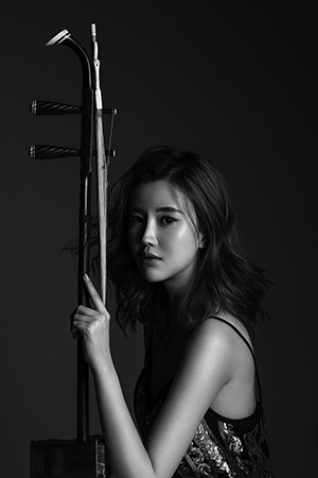
Grand Auditorium 07.01.2023 Sat 20:00
PROGRAMME
Guitar and Erhu
Ren Guang: Silver Clouds Chasing the Moon
Chen Gang & He Zhanhao: Excerpts from The Butterfly Lovers
Guitar Solo
Traditional Chinese Music : A Moonlit Night on the Spring River
Xu Changjun: Sword Dance
Juan Martín: Zambra Mora
Juan Martín: La Feria
Intermission
Guitar Solo
Liu Tieshan and Mao Yuan: Yao Dance
Yang Xuefei: Xinjiang Fantasia
Guitar and Pipa
Traditional Chinese Music, arranged by Benjamin Lim Yi: Three Variations on Plum Blossom
Béla Bartók: Romanian Folk Dance
Benjamin Lim Yi: Flamenco Dance
Guitar, Erhu and Pipa
Lou Shuhua: Fisherman’s Song by Moonlight



To better enjoy the performance, please switch off your mobile phone and any other light and beeping
devices. Kindly be reminded that captures of sound or images, as well as eating and drinking, are not
allowed. Thank you!
Programme length is approximately 90 minutes including one 20-minute intermission.
Latecomers will only be admitted at a proper timing to avoid programme’s disruption.
The organizer
reserves the right to alter the programme and/or performers.
To better enjoy the performance, please switch off your mobile phone and any other light and beeping
devices. Kindly be reminded that captures of sound or images, as well as eating and drinking, are not
allowed. Thank you!
Programme length is approximately 90 minutes including one 20-minute intermission.
Latecomers will only be admitted at a proper timing to avoid programme’s disruption.
The organizer
reserves the right to alter the programme and/or performers.
